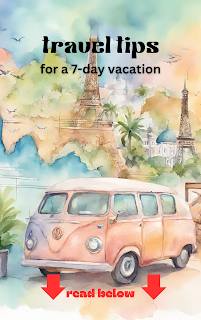Air Travel Hacks & 2025 Travel Rule Update: What Every Traveler Needs to Know Before Flying

Whether you're a frequent flyer or planning your first international trip, staying informed is essential especially with the new 2025 U.S. travel restrictions. This guide blends practical travel tips with the latest policy updates so you can fly smarter and avoid surprises at the airport. Essential Travel Hacks (Still True in 2025) These timeless tips help streamline your airport experience: Check in online : Save time and avoid long lines. Most airlines open check-in 24–48 hours before departure. Wear comfortable clothes : Security checks, long flights, and temperature changes make comfort key. Meet baggage requirements : Weigh your bags and check size limits to avoid fees or delays. Have documents ready : Passport, visa, and any required health forms should be easily accessible. New in 2025: Trump’s Travel Ban Update On June 9, 2025, President Trump issued Proclamation 10949 , reviving and expanding travel restrictions from his first term. Here's what travelers nee...



